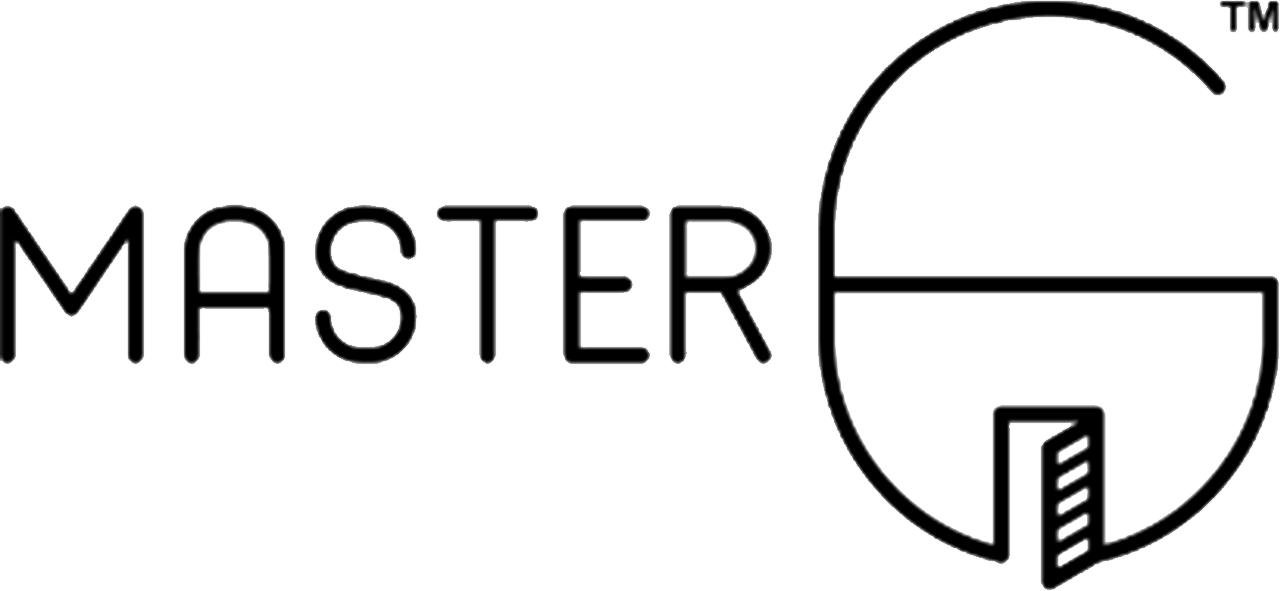Notice: WP_Theme_JSON_Resolver::get_user_data(): Error when decoding a theme.json schema for user data. Syntax error in /home/u845469553/domains/masterg.in/public_html/wp-includes/functions.php on line 6085
“Fashion functions as a mirror to our times, so it is inherently political,” notes Andrew Bolton. It is the state-of-the-art projection of the views and opinions perpetrated by the nation and its people. Our clothes bear the emissary of all that is acceptable and objectionable. The dirt of these bearings is what-is-up in the matters of age and social position.
All these factors shouldn’t but seem to constitute our identity. The clothes when ‘appropriate’ in the eyes of the society can function as indemnity. When threatened, the existing patterns of clothes un-apposite for a certain age, for a certain nationality, for a certain religious background and even body measurement, can push you into the blazing furnace.
These are the parameters that rule our social and political discourse, and wickedly so are reserved mostly for women folk! Our Purush Pradhan Samaj does not govern the samaj (society) but the women in it. It has settled its ‘respect and dignity’ (sic) on the bodies of us women. Implicating that it is rebellious to wield autonomy over our own bodies, hence, we need to follow and update ourselves with what the current newsflash of misogyny has to say about what we wear!
Let’s break down the parameters to ‘educate’ ourselves as to what gigantic danger we are posing by exercising our right to choose what we wear on our own bodies. Let’s talk about age and social position.
Age. A human construct to measure emotional and physical strength along with sensibility and intelligence. By that definition, it surpasses the authority to measure anything by that scale. It poses obstacles in the matters of clothing too. Clothes become central to the affirmations of our ageing, and the process is not made any easier by the fashion industry. It demonstrates a way to experience age in a way that makes you conform than makes you comfortable. It is after all about the people around to see, uphold and carry forward the demarcation of what is considered ‘proper’. A dress needs to be presented, experienced and understood within a culture in a way that makes the people invisible rather than stand out. A dress needs to form a significant, and yet neglected element in the constitution of old age.
The masochistic catalogue is surely updated with a modernization of the apparels, but are molded into the baking pan of confines. In India they hybridize to accommodate the glorious traditions of pardah and hypocritical proclamation of a progressive society. All in all, a politicized body of a woman fits into the garb of ignorance and abuse.
Fashion does not exist in vacuum; it is pulled onto the podium to be analysed and made meaning of. It is given the power of explaining oneself in more than just words. It is made liable to justify one’s action and thoughts. That is why the term came into existence, power dressing.
Former Prime Minister of Pakistan, Benazir Bhutto was deconstructed and reconstructed just on the basis of what she wore. Being a female in our country rotting with gender-based regulation, it was not her position that was dissected but her body. A woman is attacked for her success and accomplishments but the medium of this attack is her body. The world knows it well what it has bruised with the centuries of conditioning, can be beaten dead with a last strike.
Serena Williams was criticised for wearing a black catsuit at the French Open, as late as in 2018. The outfit seemed too provocative for it drew denunciation from Bernard Giudicelli, the French Tennis Federation president. According to him, the bodysuit was disrespectful to the sport of tennis. His retort only aided to pinpoint the strain of elitism and male gaze within the sport.
She is interpreted and deciphered on her apparel so that their conscience does not bow down in shame because of her words. She is put on a scale of morality based on what she wears. She becomes an outcast on the basis of convenience in the Man’s World.
Not Acceptable!




0 Comments